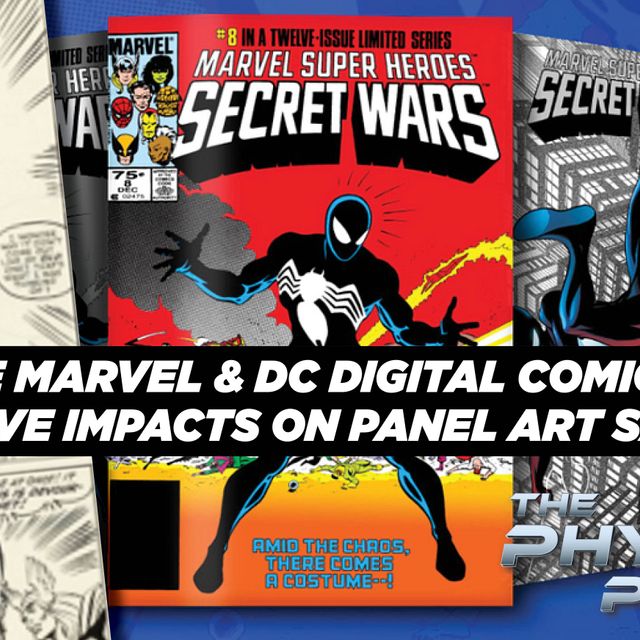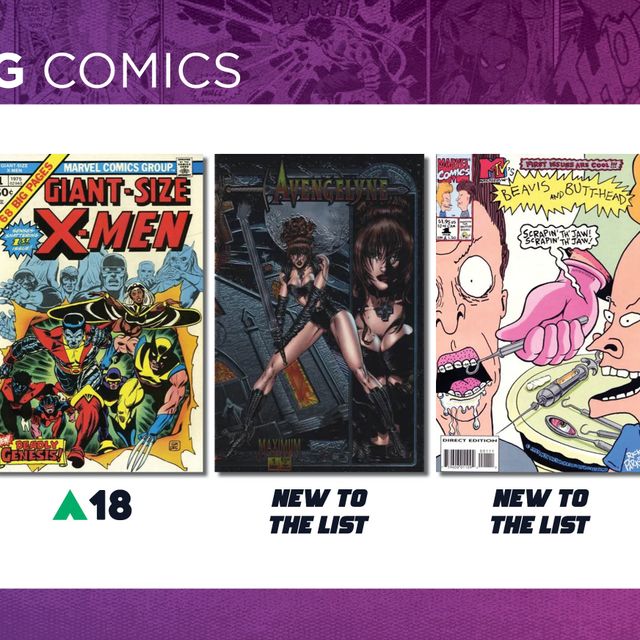
I am a big fan of finding the rare stuff. The lower the census, the better. However, sometimes you want a comic that may not be as rare as you'd like, for example there might be 2,838 grade 9.8 copies of a comic on the census...wait, what? Did I say 2,838 copies? Yes...Yes I did. This means every collector and their mama could have one and another for back up. If only there was a rarer distribution channel that allowed some of the copies, that existed in 9.8, to be rarer than the others...if only!
There is a bunch of information to decipher when it comes to Newsstand vs. Direct and I shall do my best to pass on the basics. Feel free to drop me any questions or clarifications you might have.
The comic distribution channel was split, in 1979, to help meet increasing demand and the growing allure of comic book shops for the basic collector. Comic shops got a price break on mass copies via direct sales meaning they could order more copies and not take the financial downfall if they did not sell them all. Initially, Marvel chose to print copies that had a hash mark across the UPC/Barcode to distinguish between the two supply chains. This soon evolved to the Barcode vs. some type of drawing/image in the space, that most collectors recognize. Eventually, by the early 2000's, the words "direct sales" or "direct edition" were input next to the UPC to separate the versions.
The number of Newsstand copies in distribution slowly decline from 1980 into the early 2000's with the tipping point falling around 1985. Comics published prior to 1985 may not have had a large disparity in the number of Newsstand vs. Direct, but after that point Newsstands became exponentially rarer. By 1995, it is estimated that less than 10% of comics printed were Newsstand copies. Since many collectors worked with their favorite comic shop to bag and board the best copies received, most graded and collector issues (especially in 9.8 grade) tend to be direct editions. Newsstand copies tend to be referred to as "reader" copies since most collectors opted for direct editions. Newsstand copies were also typically wrapped in twine when shipped and broken into lots (instead of a whole box going to a supplier, a few of each issue were re-bundled and shipped...more hands touching it, more chance to be damaged, etc) meaning extra obstacles to overcome and gain a higher grade. This ultimately made Newsstand copies rarer.
When reviewing a book that has both versions on the market, you have to understand that not every seller will differentiate pricing between the two and neither will every buyer. Newsstand vs. Direct really comes down to collector preference, as much as rarity. The Amazing Spider-Man #361 has been hot on the market since the release of Venom and the set-up of Carnage in the sequel. Direct copies at 9.8 grade are selling around the $400 mark and Newsstand copies are selling for at least a 10% premium. If we are noting 10% for a comic with 2,838 high-grade copies, what is the premium on a book that may only have 1 Newsstand copy ever seen go to sell?
From my experience, the market for Newsstand is real and it does offer value over the Direct market. Be aware of the difference between the two and understand that the sales will probably differ if properly marketed. I will continue this informational series on older variant-type books including Canadian Price Variants and Mark Jewelers Insert books! Stay blogged in!


